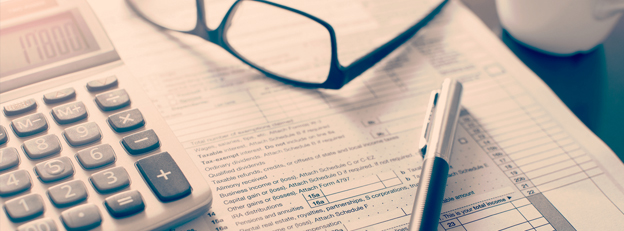- Tax Planning Step 1: Check Your Paycheck Withholding
Do You Want Your Tax Refund In Your Check? Recent IRS statistics show that almost 100 million (or 75%) of all Americans get a tax refund check, and the average refund check is for about $2,400. So why not get some of this refund now as part of your regular paycheck? Every month most taxpayers pay an average of $200 too much in income taxes.
- Tax Planning Step 2: Estimate Your Taxes
How Do You Estimate What Your Estimated Income Will Be For The Coming Year? You can use the year-to-date income from your latest pay stub to estimate your expected annual income for the year. Assuming there no major changes in your type of income, W2 income versus self-employment income, retirement income or pretax vehicles that you will be receiving this year, you can go off of your previous year’s taxes. If any of those changes are occurring this year, you can make the quarterly estimated tax payment.
- Tax Planning Step 3: Keep Tax Records
Which records? Well, the IRS recommends that you keep all tax-related records for 3 years in case of an audit. But some old tax documents, such as last year’s W-2’s, can come in handy when you are filling out your tax return this year.
Here are some examples of tax-related documents that you might want to keep:
- W-2 forms
- Pay stubs for the year
- Mortgage payment stubs and/or home purchase closing statement
- Last year’s tax return (for quick reference and comparison)
- Receipts from anything you might claim as an itemized deduction
- Receipts from any charity (e.g. for church tithes, disaster relief donations, etc.)
- Car mileage log (in case of business use)
- Any receipts for business travel expenses
- Canceled checks (especially for IRA contributions and other deductions)
- Credit card statements and bank statements (to verify any deductions)
- Medical bills (especially if they exceed 7.5% of your income)
- 1090G form (for deducting state or local income taxes)
- 1090 forms (from any dividends or other income paid to you)
- Mobile phone bills (especially if you made charitable donations by text message)
TIP: To make your mountain of documents easier to store, try scanning them and keeping them as PDF files. This way you can print them out if you need them. If you do this, remember to back up your computer! For more information about tax record keeping, consult IRS Publication 552 – Recordkeeping for Individuals.

